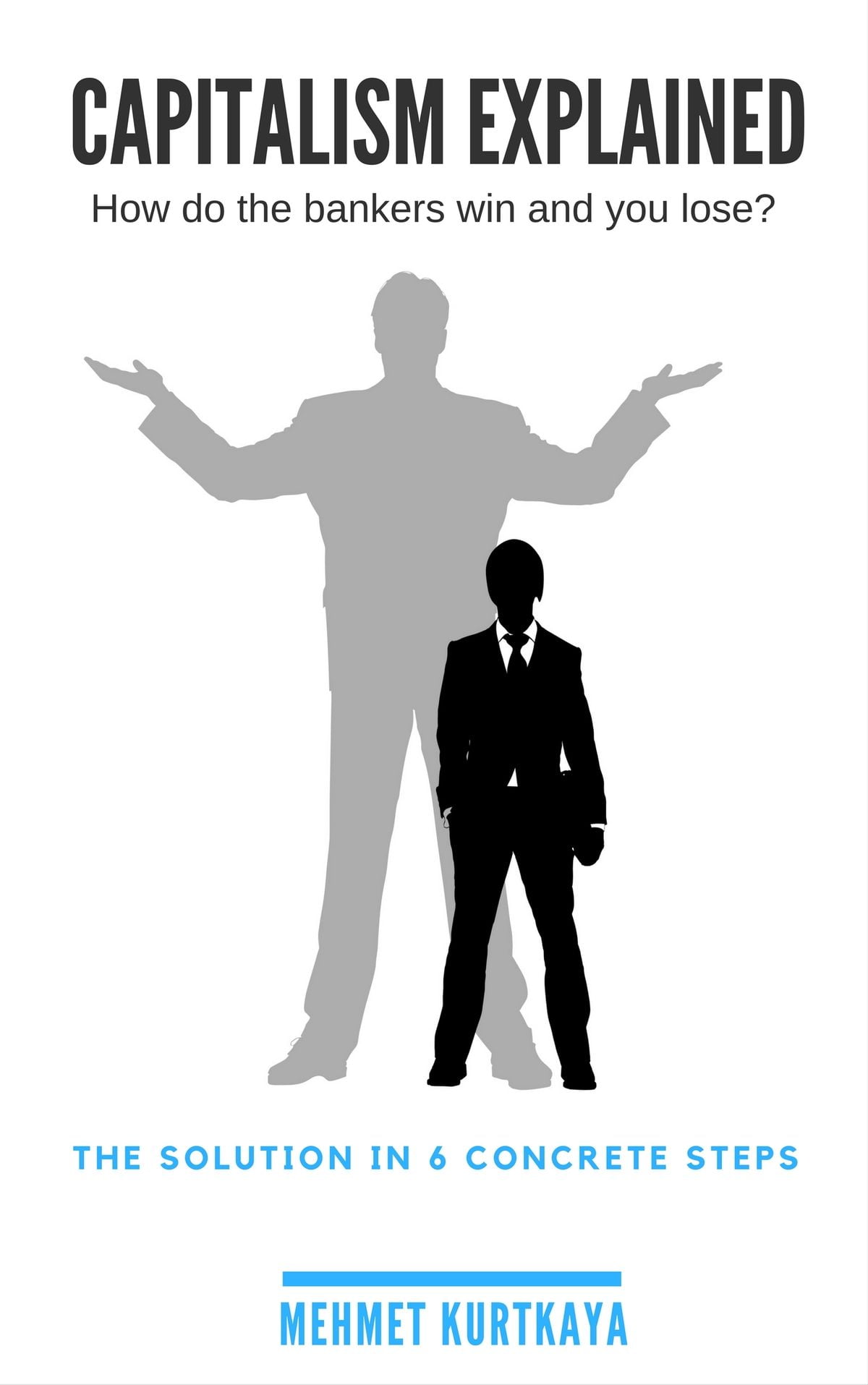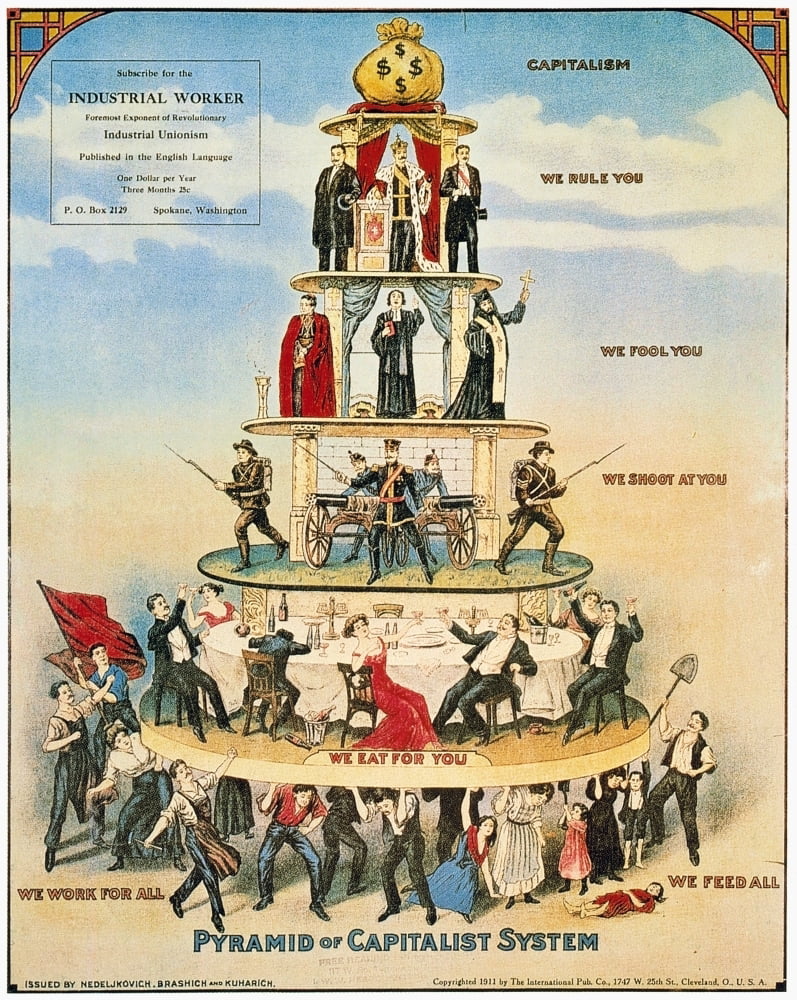


The bittersweetness of this conjuncture in no way detracts from the extraordinary significance of the citizens’ movement now better known as the Aragalaya (Porattam/Struggle). Will the Wickremesinghe ascendancy be a transitional moment before it follows its predecessor into the dung-heap of history? Or will it stabilise the political order for a resurrection of the ancien regime? Will the prolonged political and economic impasse provoke deeper social discontent, or engender public passivity? In the interregnum, and the palpable weakness of a countervailing progressive pole, will Sinhala ultranationalists within political society and/or the repressive State apparatus (the uniformed) seize advantage and bid for State power? These and more are open questions, without predetermined outcomes. The failure of politicians to heed the people’s call for an interim all-party administration – fronted by a caretaker president and prime minister independent of party affiliation and of good public standing – only fuels the demand for an early general election to reselect representatives to the legislature while securing a popular mandate for abolition of the executive powers of the presidency. The political theatre in the Diyawanna Oya on the morning of 20 th July where Ranil Wickremesinghe as proxy of the former first family was elected to the presidency, has only validated the belief that parliament, like the presidency, is part of the same broken system that only serves its incumbents. However, the people of Sri Lanka have accidentally acquired another president, no less unloved, in the same month. In the following three months, a meteoric groundswell of citizens shook to the core the Rajapaksa Raj, achieving on 9 th July its core demand of the defenestration of the Head of State, preceded over April-May by the banishment of this family from government office. This in turn catalysed a socio-political crisis – in which the Gotabaya Rajapaksa presidency, and by extension the first family and the Sri Lanka Podujana Peramuna (People’s Front) government, became the lightning conductor for popular disaffection and anger. What began as a financial crisis – the depletion of foreign exchange reserves – expanded, as it must, into an economic crisis – through shortages of imports critical to the production and circulation of goods and services and mobility of people. In the first three months, the train wreck in slow motion of an economy mired in debt derailed at last. This is what sets apart the first half of 2022 from the years preceding it. The estrangement between the regime-state in Sri Lanka and its core constituencies, while widening over the course of the pandemic years, became outright antagonism in a matter of weeks in the first half of 2022. “There are decades where nothing happens, and there are weeks where decades happen,” as Lenin never actually said. Antagonism and Contradictions in Sri Lanka


 0 kommentar(er)
0 kommentar(er)
